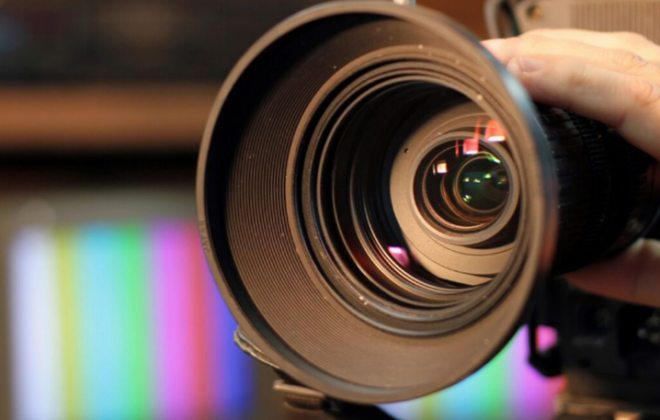How To Evolve Your Annual Conference into An Experiential Design
Are you tired of repeating the same annual conference-style each year? Use these steps to help evolve your annual conference into an experiential design.
Understand Your Target Audience
Start by understanding who your target audience is and what their needs are. This will help you determine the type of experience you want to create.
- User conferences want to select tracks that fit their personal needs
- Employee conferences should be segmented for the best educational and training impact
- Association conferences should have options for interactive networking and industry subject segmentation to better deliver the information to the correct attendee
Brainstorm Ideas
- Brainstorm ideas for creating an immersive experience. Think about ways to create interactive activities, scavenger hunts, and other engaging activities that will draw attendees in and keep them engaged throughout the conference.
- Ice breakers can be an amazing way to connect guests. Try connecting people by their home location, their industry sector, their job title, or their level of experience
- Know your audience. Sales professionals are competitive by nature, offer a scavenger hunt based on your event goals and messaging, and make the prize worth winning! (Everyone loves a new Apple product)
Label lunch or dinner tables with topics that guests might want to discuss briefly over a meal. Need more security for your devices? Head to table six for how these industry attendees do it in their company.
Review Budget
Sometimes the reason we have line items in the budget is because of something that happened in a previous year that is no longer applicable. Review each line item and the genesis of it to make sure that the path you’re on is of value and creates an impact for the goals of the current conference.
- Review marketing elements such as the number of signs, printed programs, etc. to see if those costs can be reduced or changed into a more current form of communication like conference apps or websites.
- Review food and beverage strategies, like the bar style. Is an open bar the best option for your group? Should you try on consumption or drink tickets? What about a specialty cocktail? Would that wow your guests and tie in your conference tagline?
- Review who needs to attend. From internal employees to external vendors, decide who needs to be onsite to help the conference run efficiently.
Design Differently
Design the physical space of the conference. Consider using creative lighting, audio, and visuals to make the environment more immersive and engaging.
- Use the space differently. Traditionally a large ballroom has theater-style seating and a stage along a wall. Why not change up the seating with soft seating or change where the stage is located (How about theater in the round?), you can also change the perspective by using video mapping to create an immersive experience.
- Use all the space as well. Think like an interior designer and use the space at the top as well as the floor, the walls, etc. Change the carpet to your corporate colors, make sure the banners or stage design utilizes all the ceiling height in the room, and use floor decals to show your attendees which way to go.
Include Technology
Select the right technology to aid in the execution of the experience. This could include conference apps, interactive AV, and more!
- Conference apps can be useful for conference time management, feedback, and interaction between attendees. From agendas to photos of attendees to PDFs of PowerPoints from the speaker, this technology tool can be a great way to stay connected.
- Interactive audiovisual is also a fabulous way to offer communication to attendees. A touch-screen interactive sign can show attendees what’s coming up on the agenda, and how to get to the necessary ballroom. It can also offer sponsorship opportunities and relay important messages from the conference organizer.
Gather Feedback
Develop a plan for monitoring and measuring the success of the event. This could include collecting feedback from attendees and tracking attendance.
- How do you know if the conference was successful? If you hit your pre-determined goals for the conference, it was successful. Survey attendees, and record metrics on attendance, interactivity, and more can round out the full scope of the conference.
Are you looking to evolve your annual conference? Let us help!




